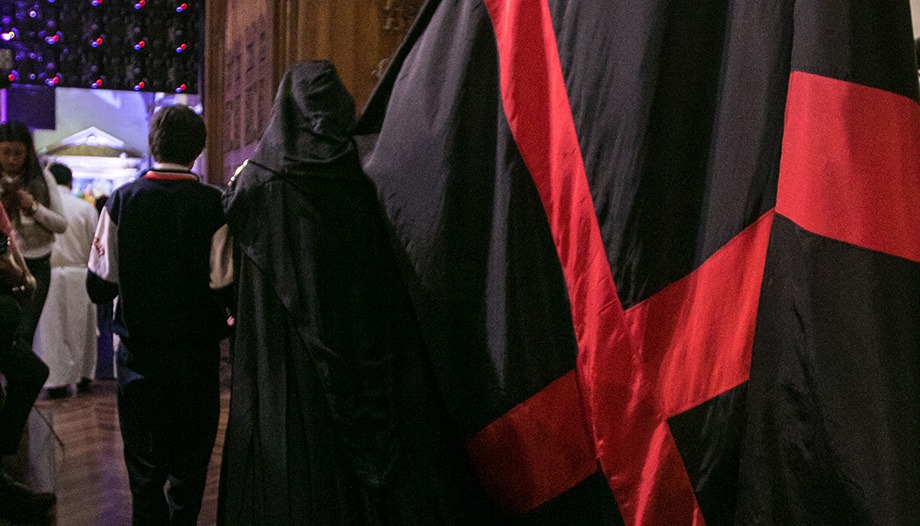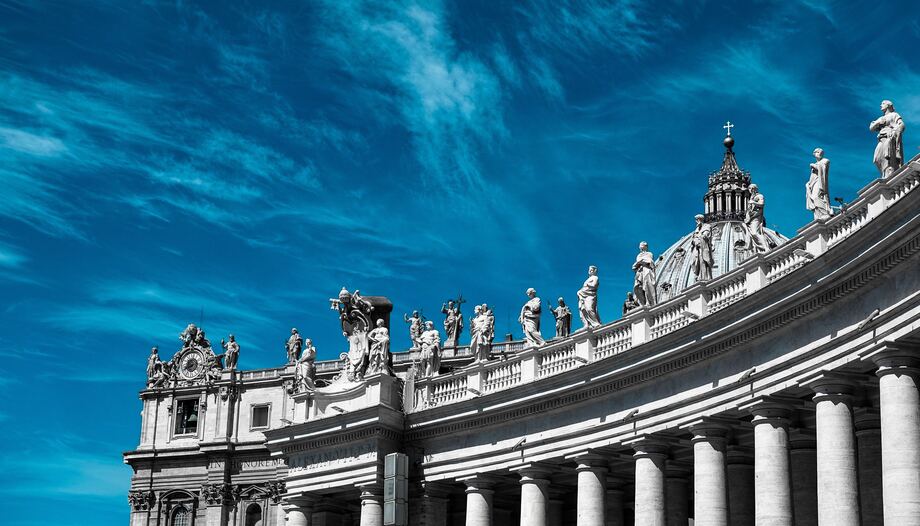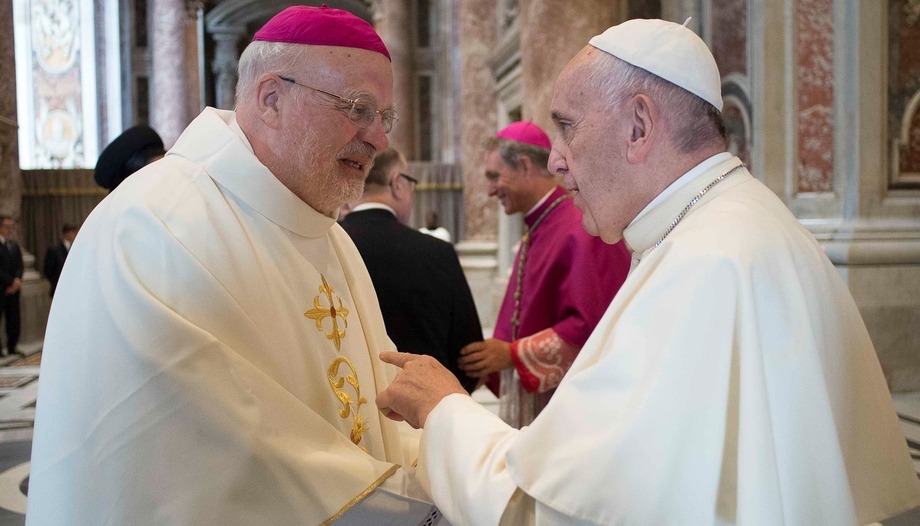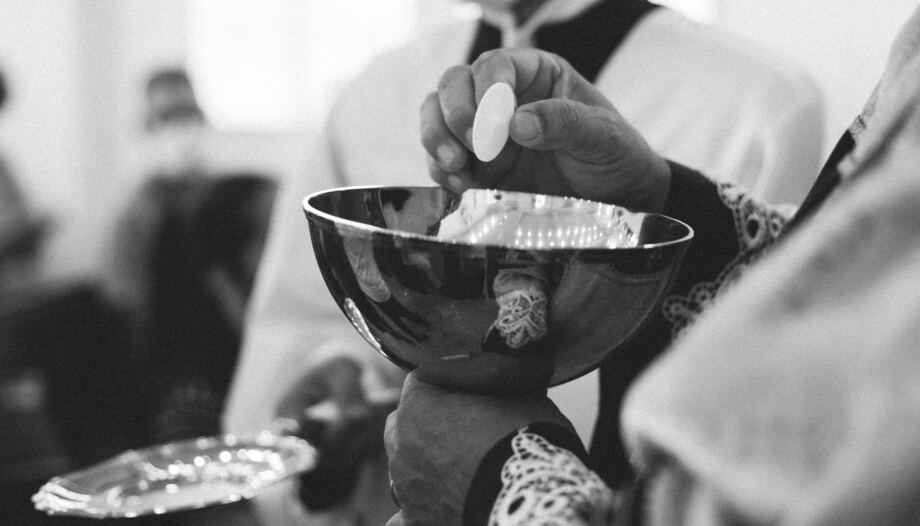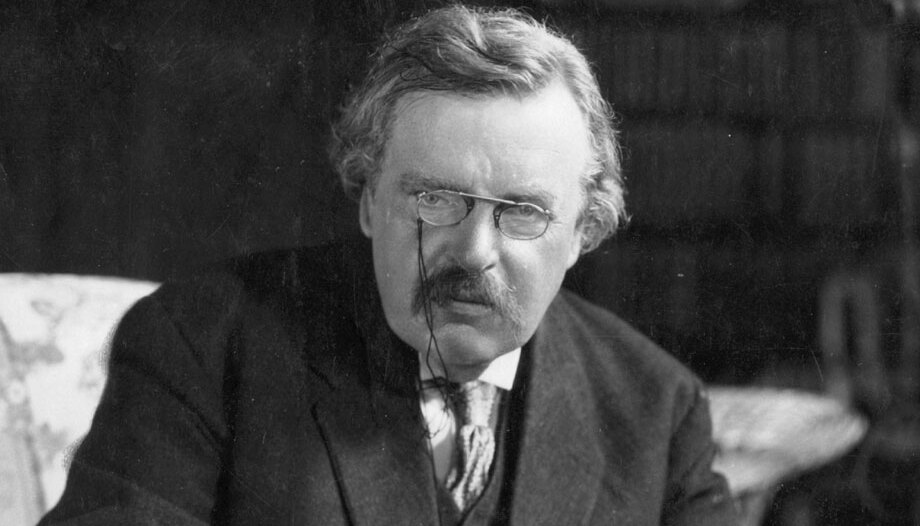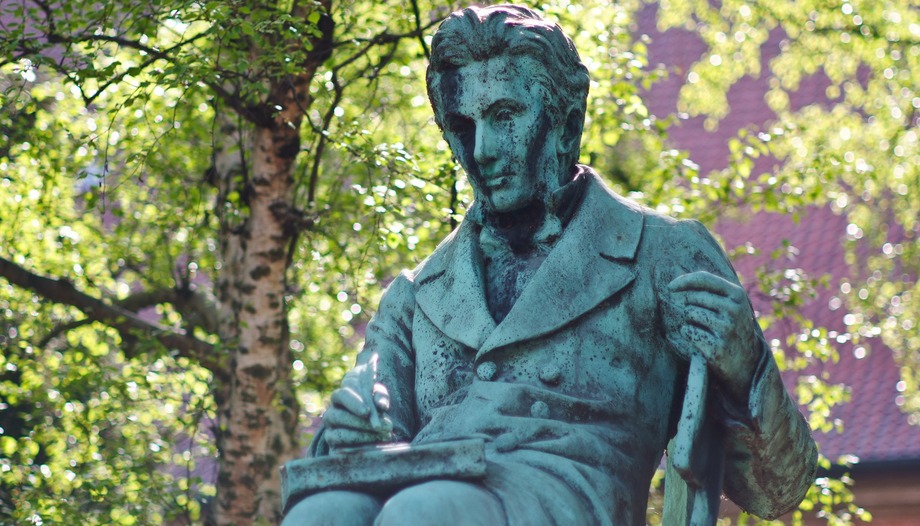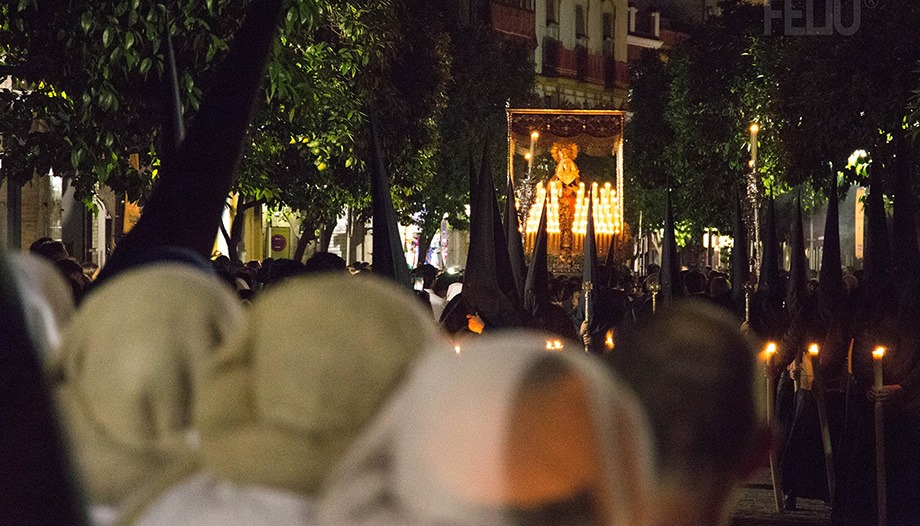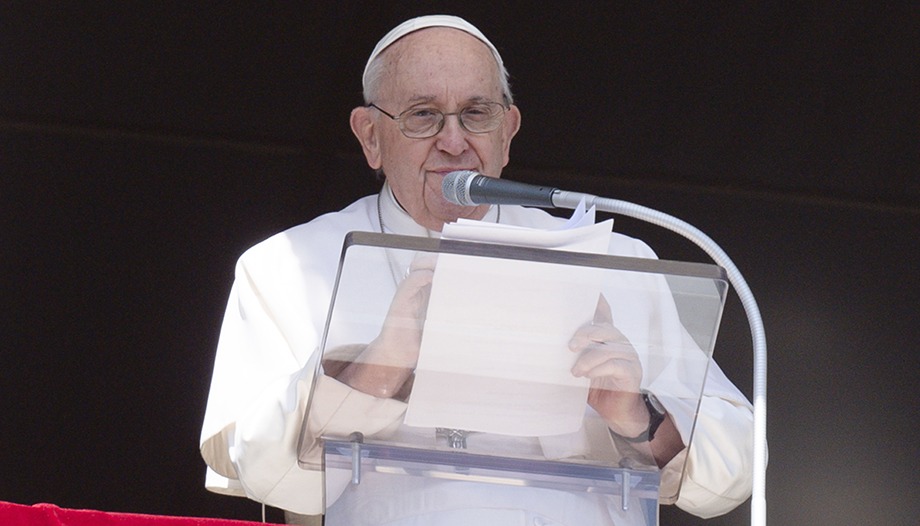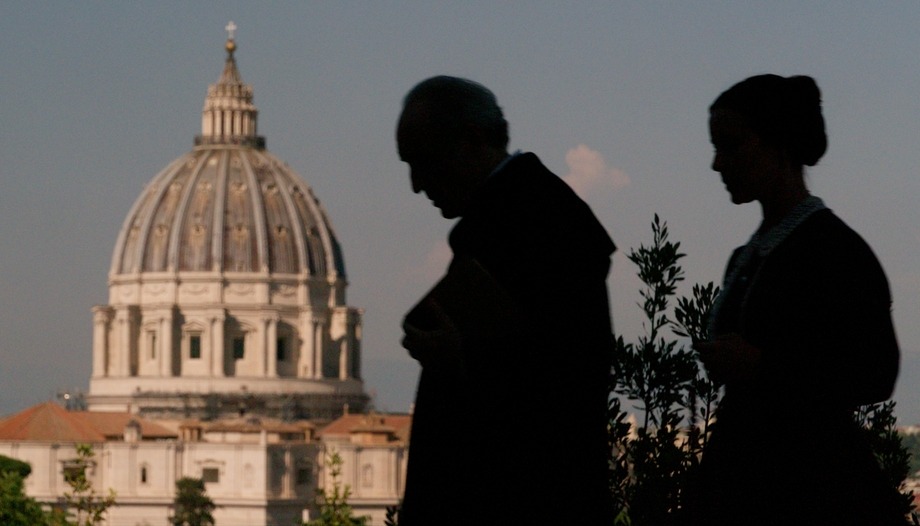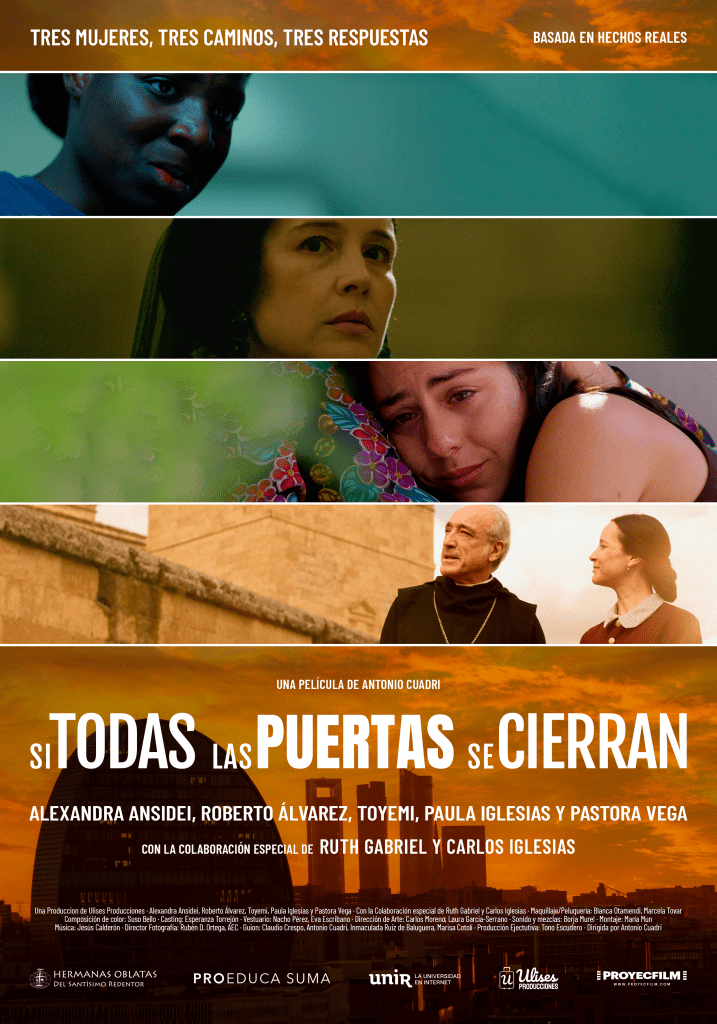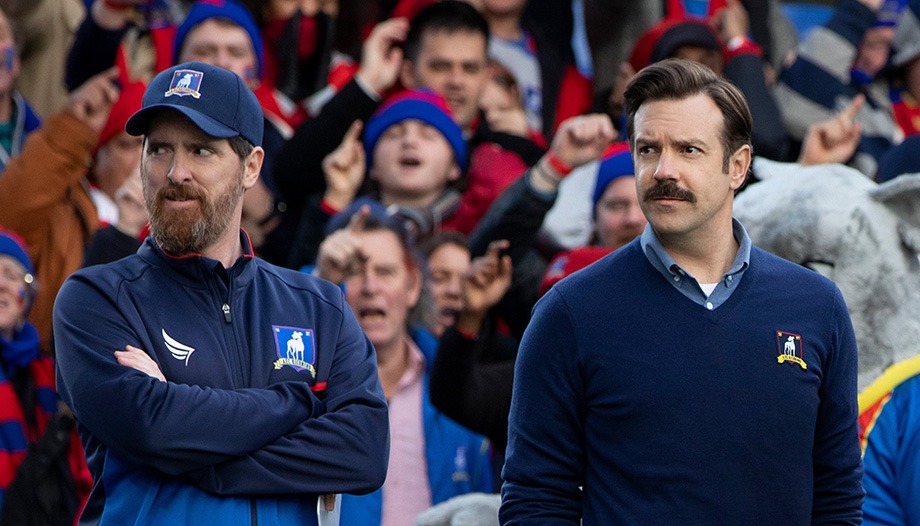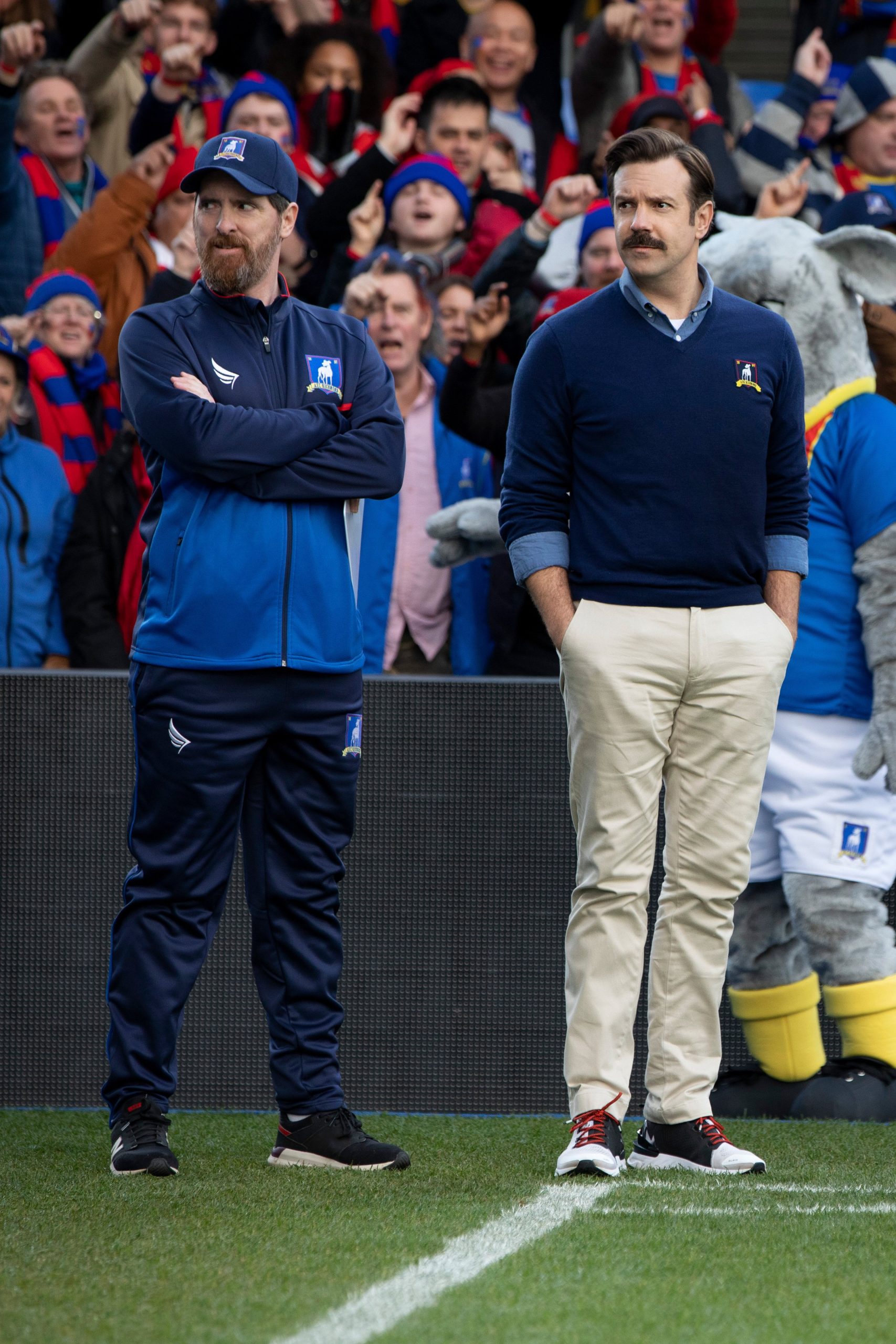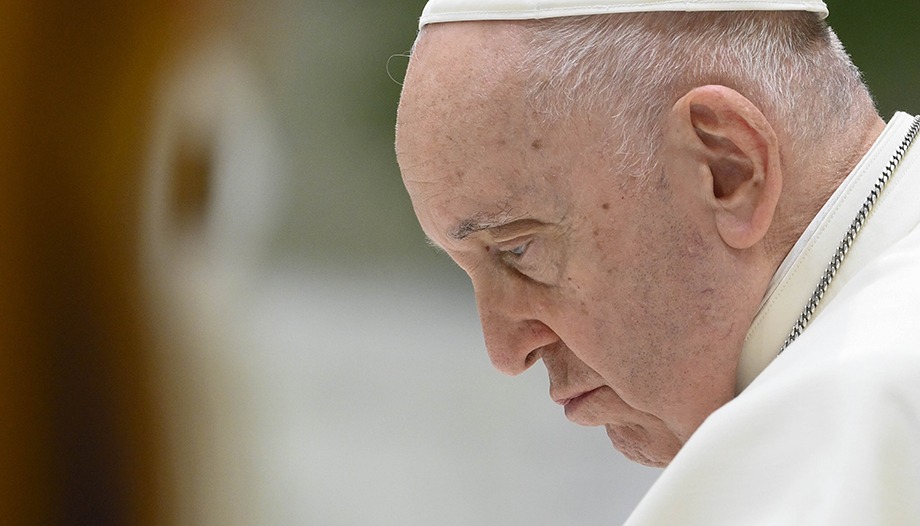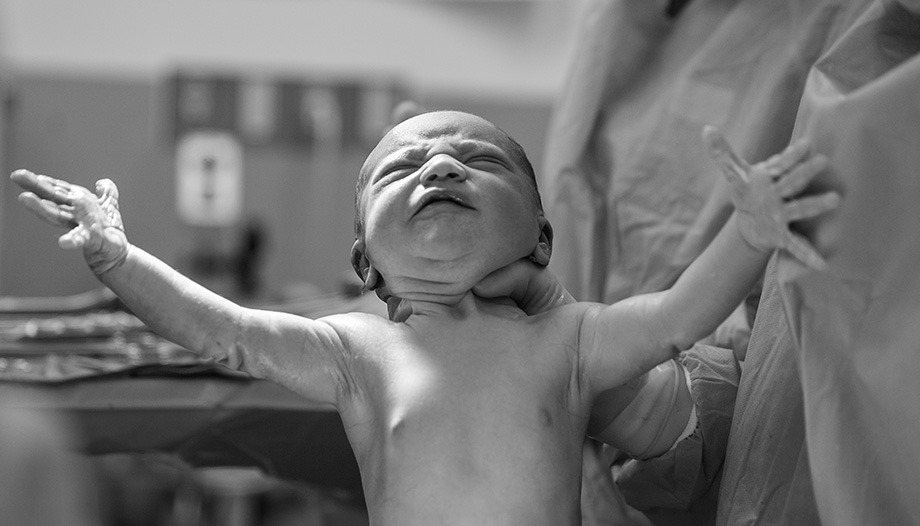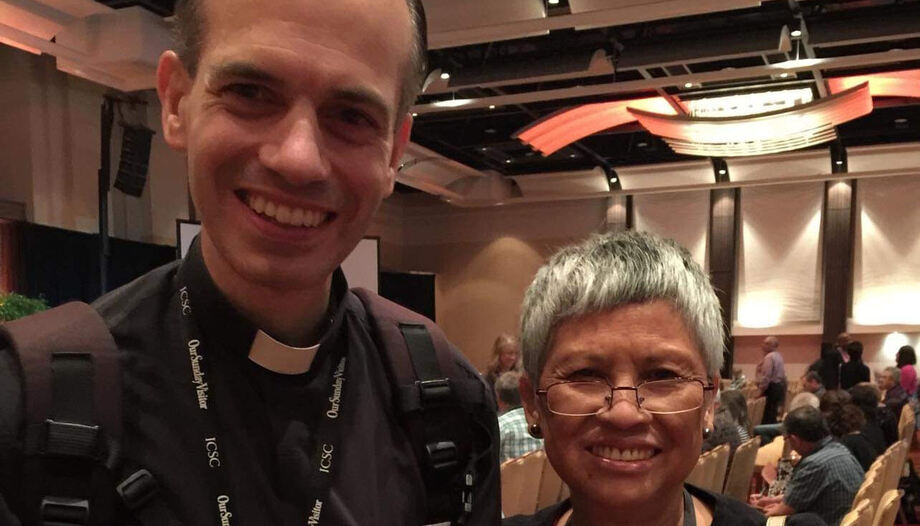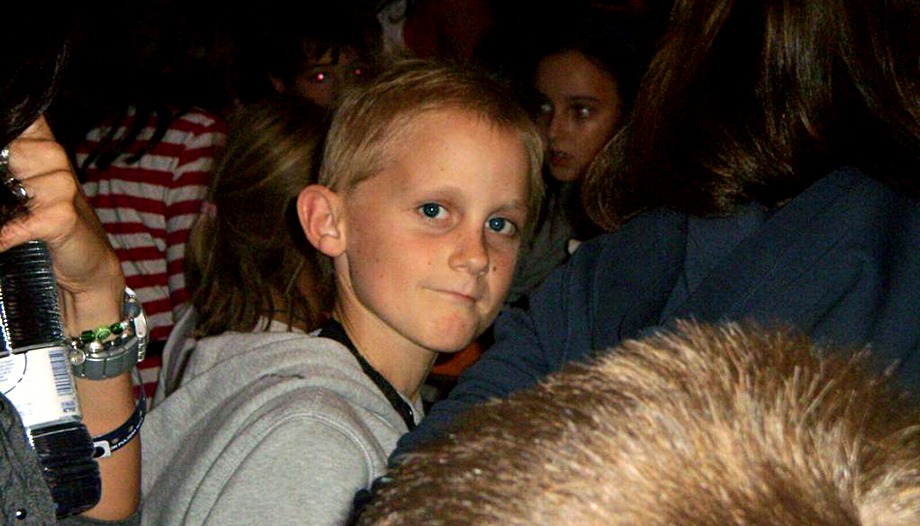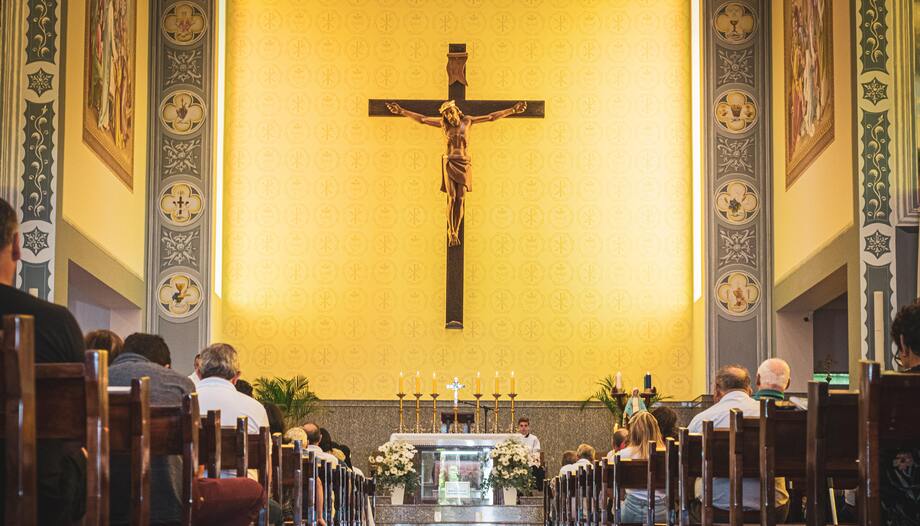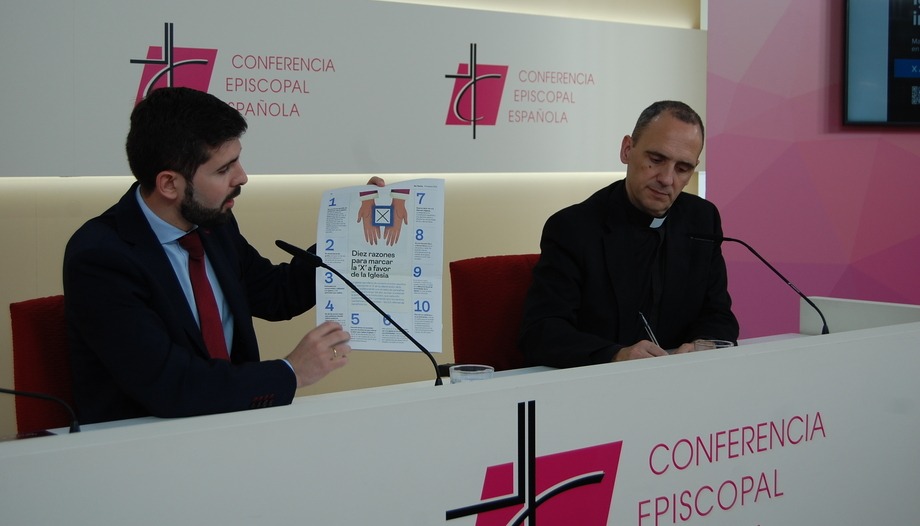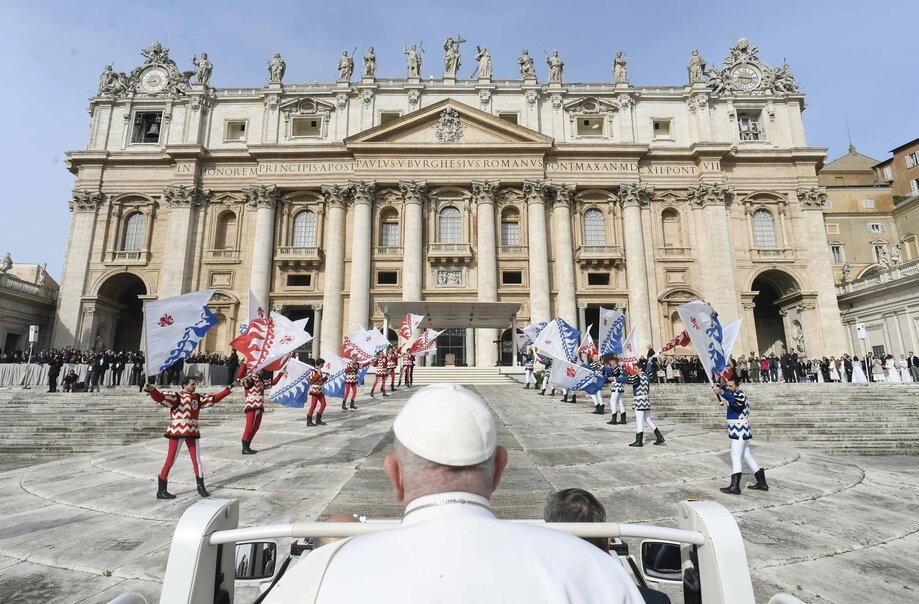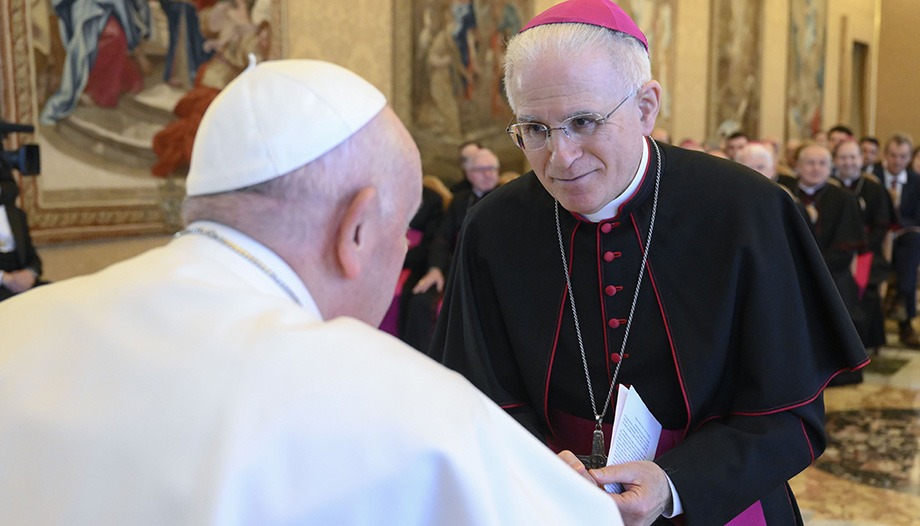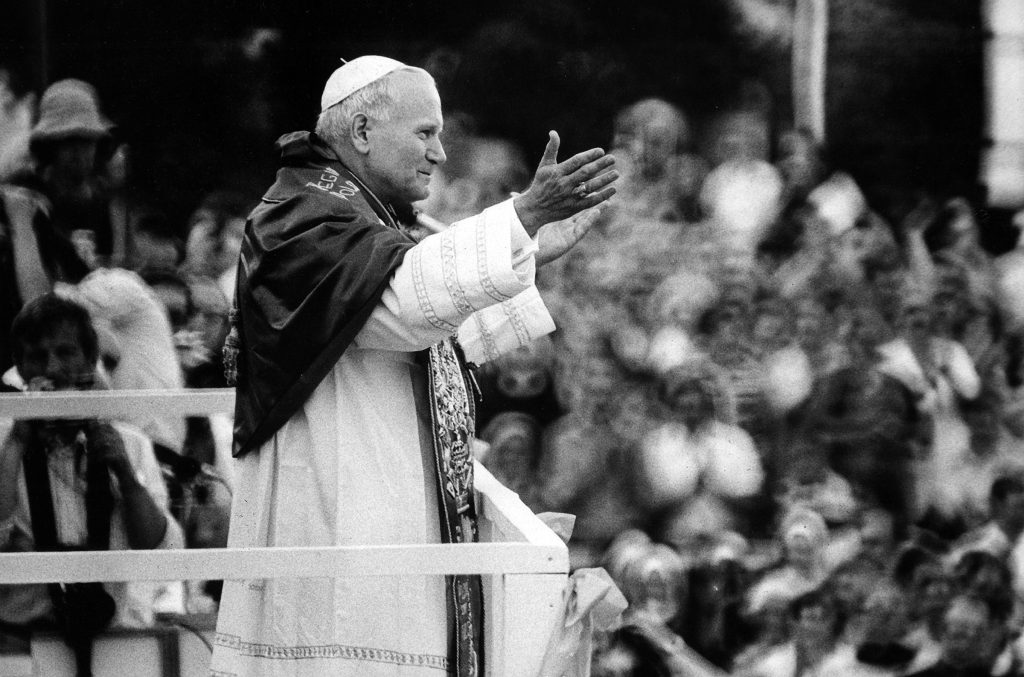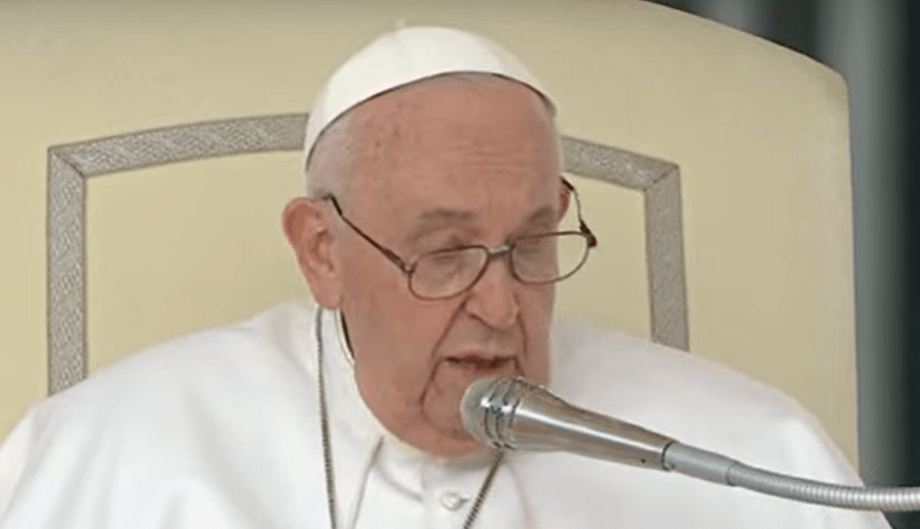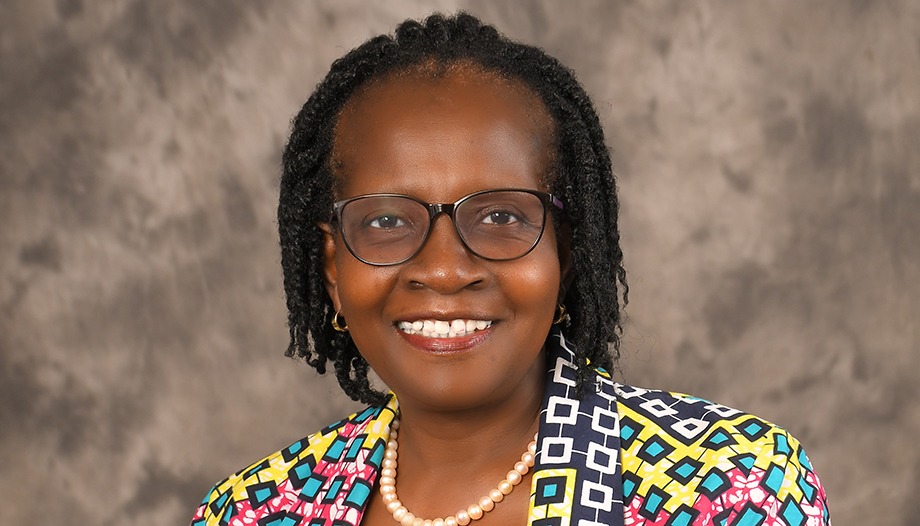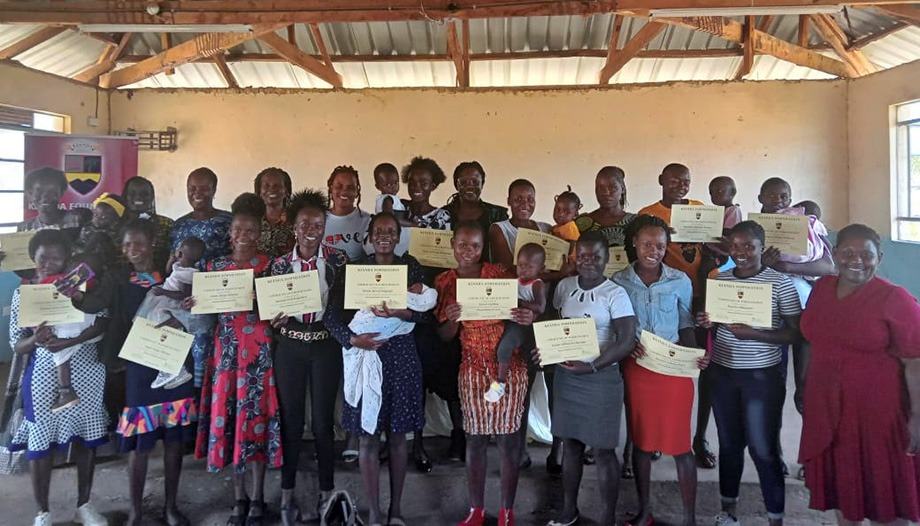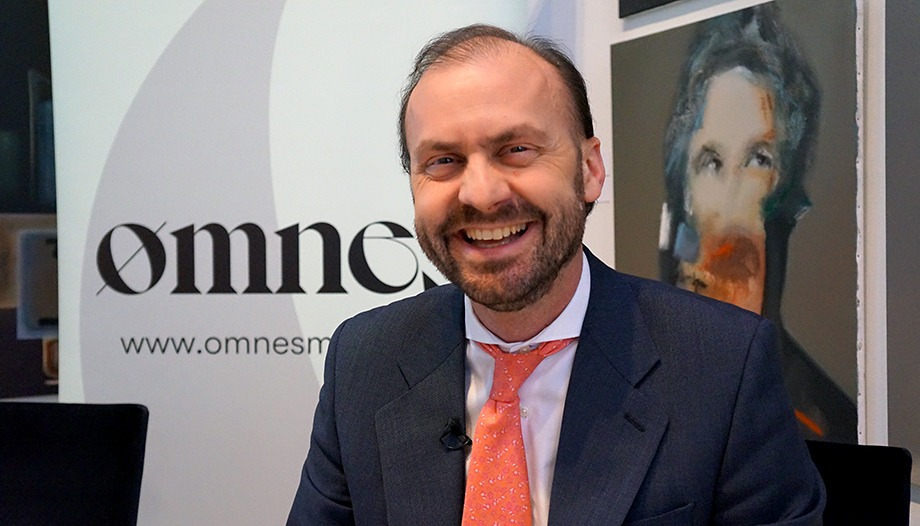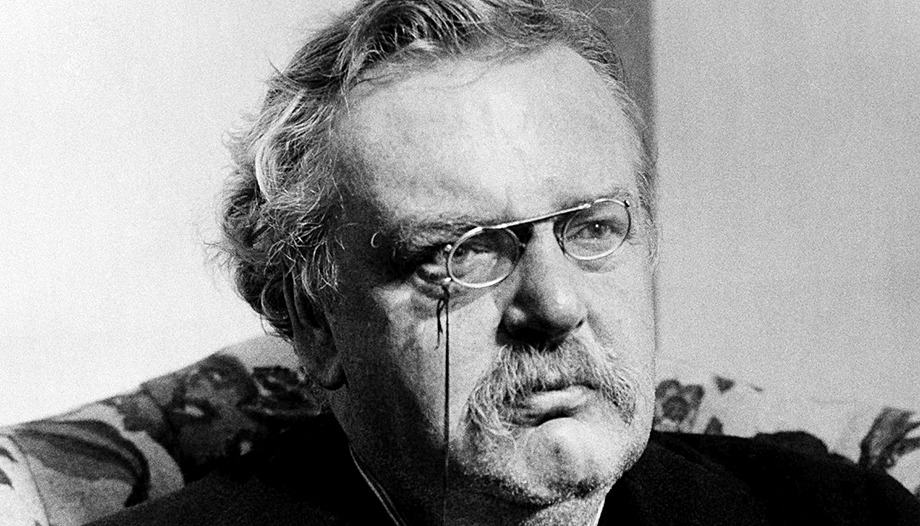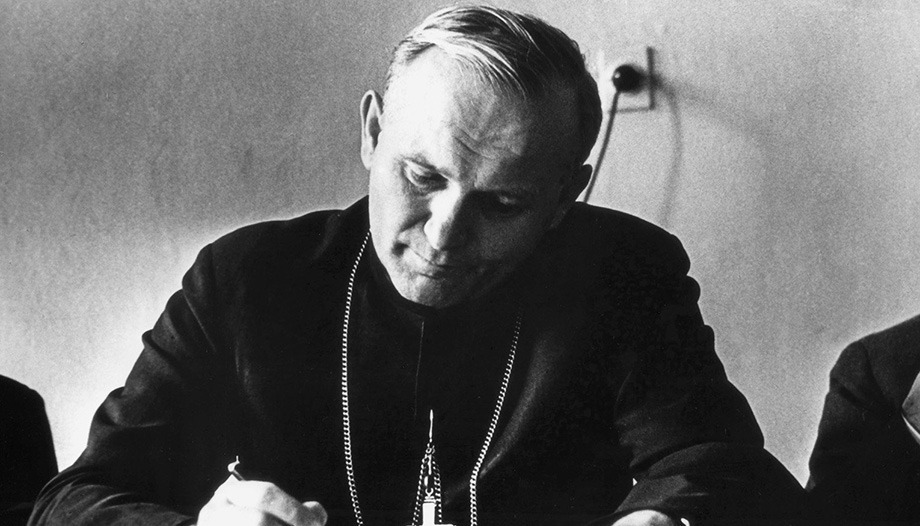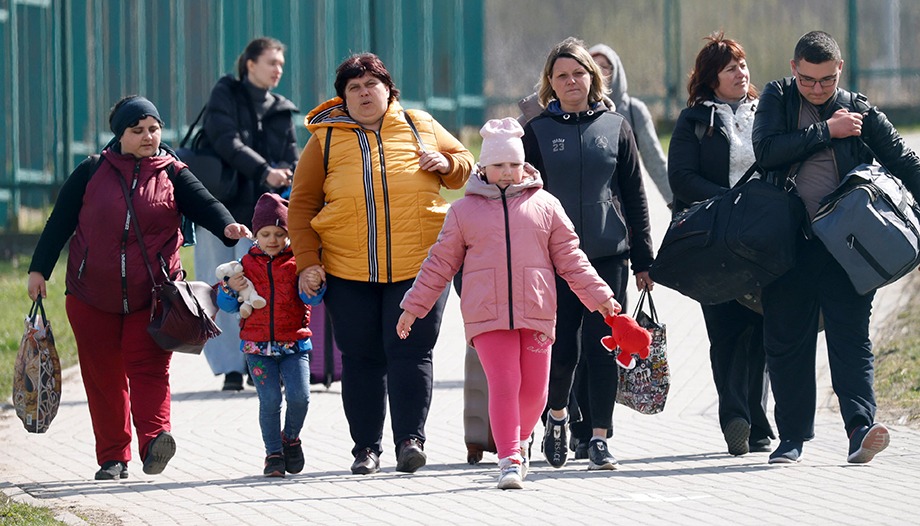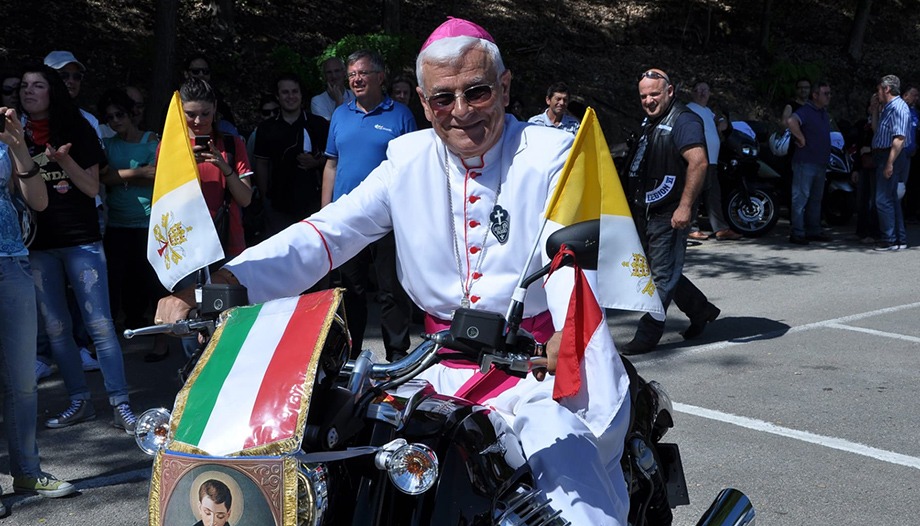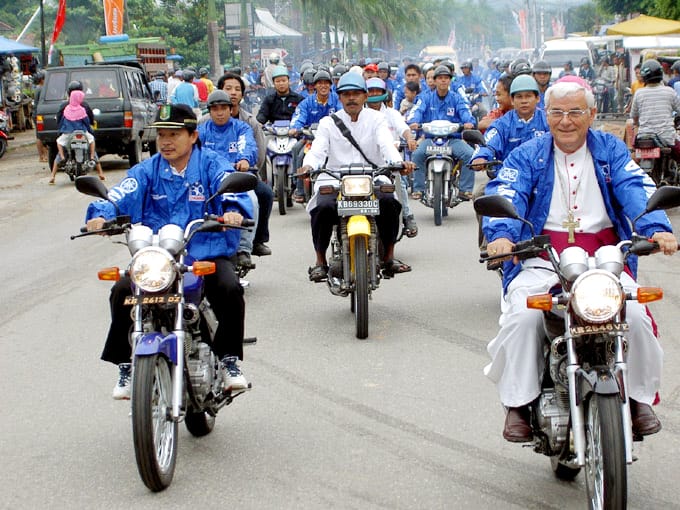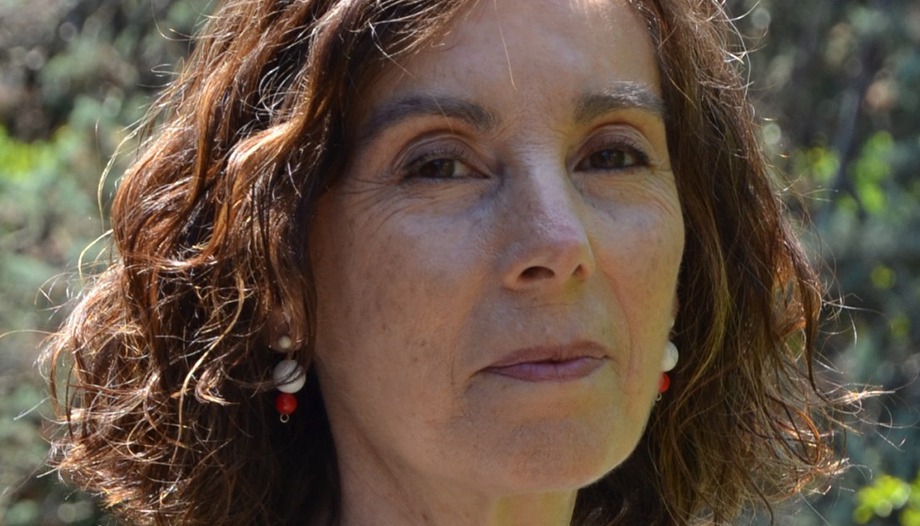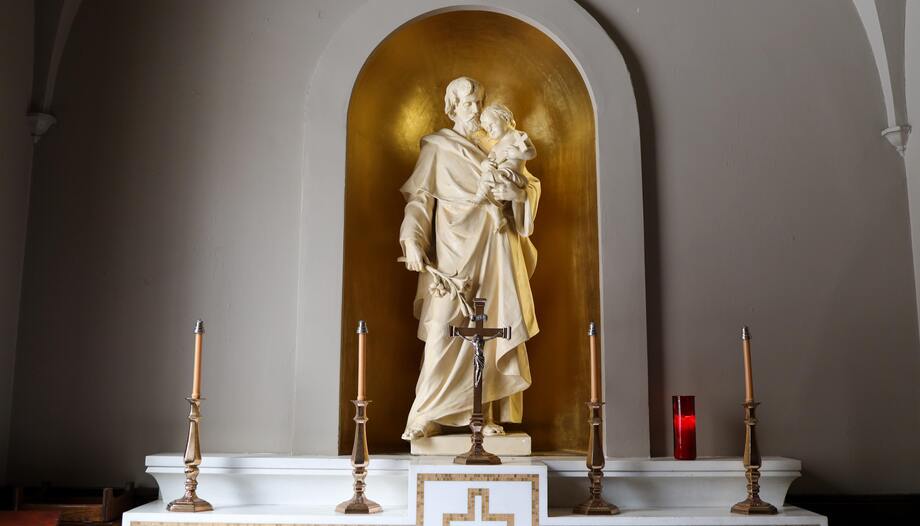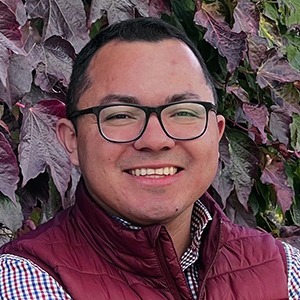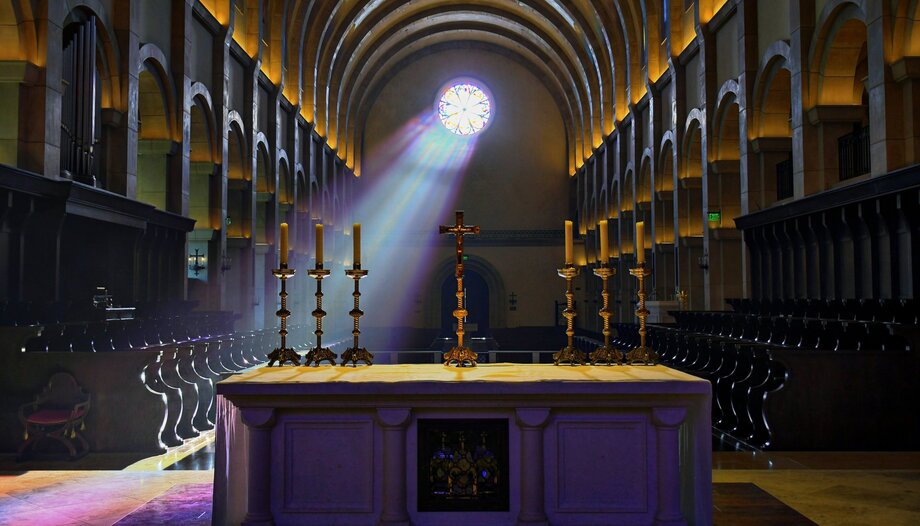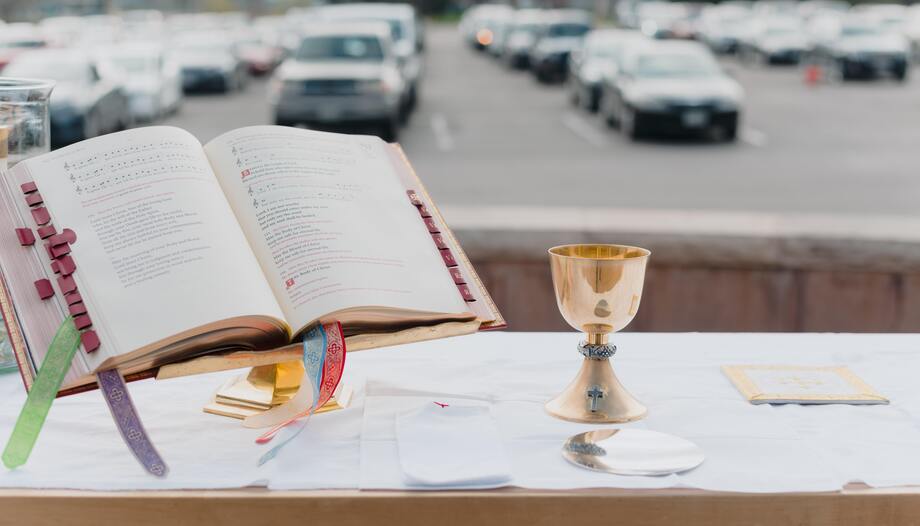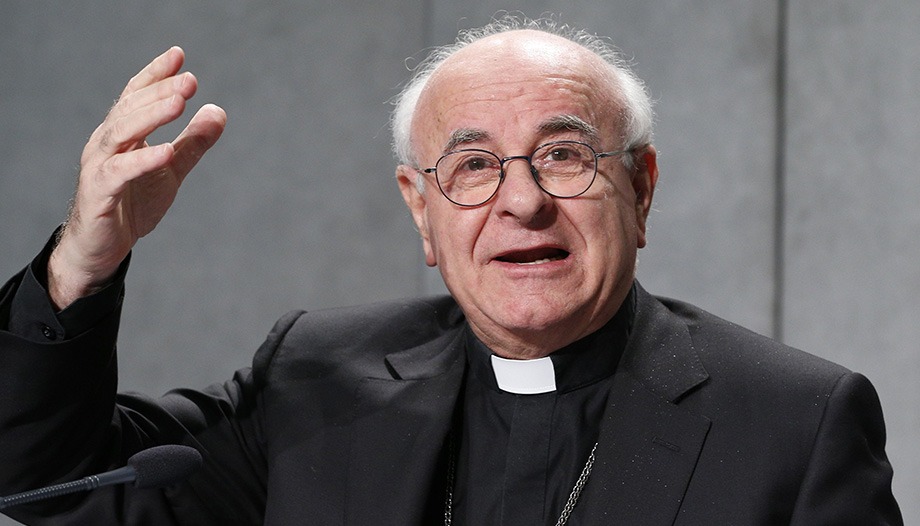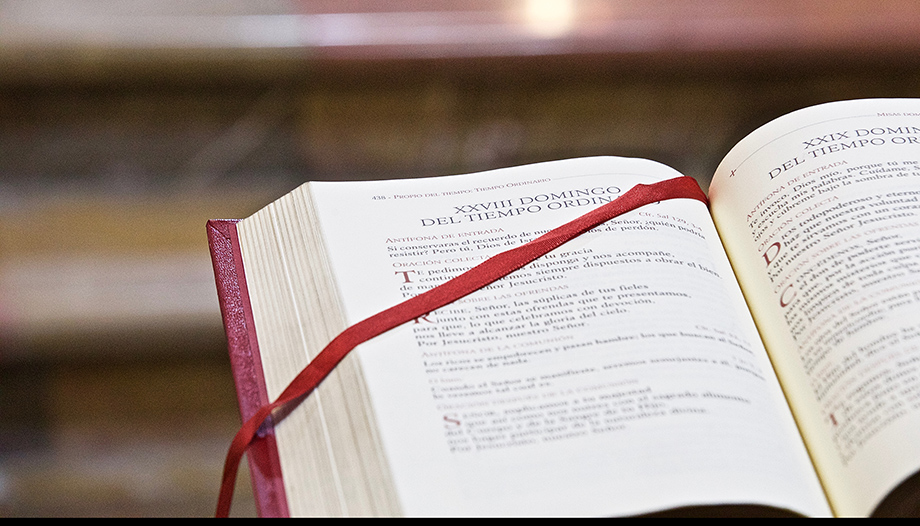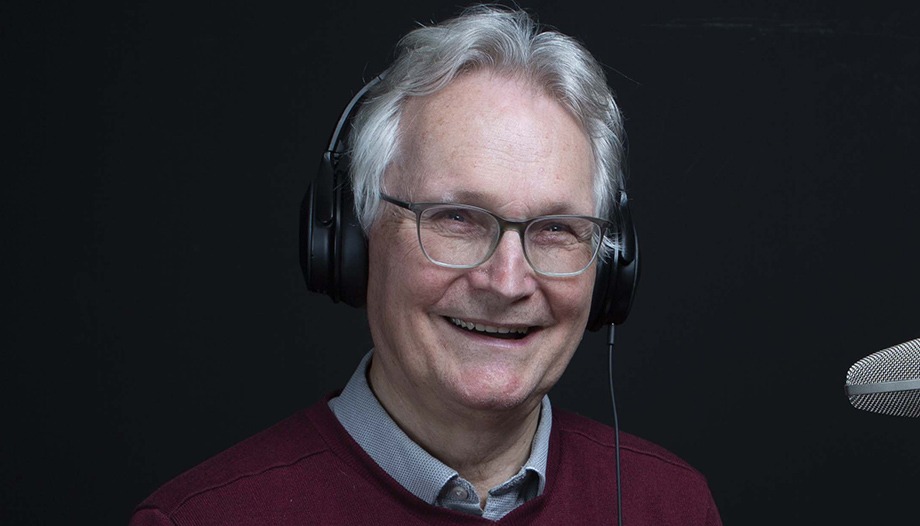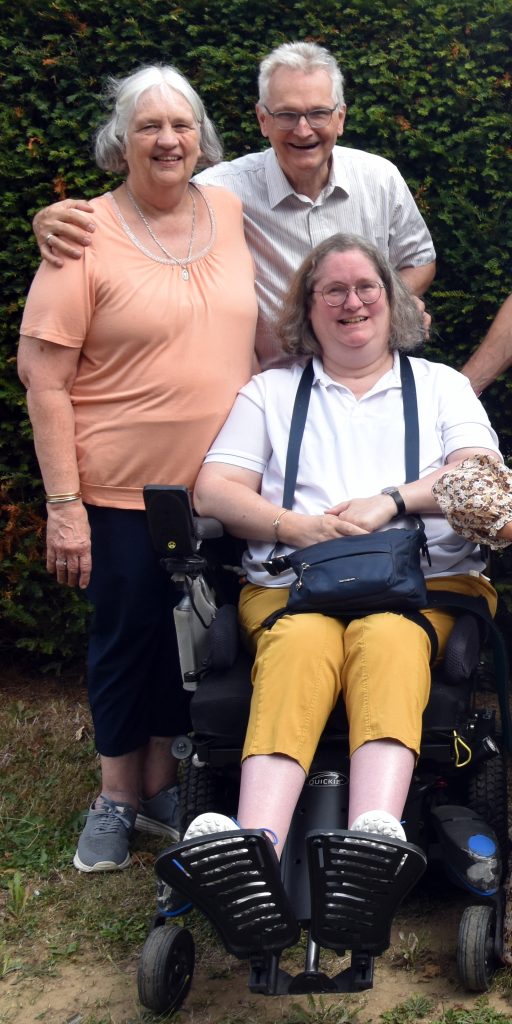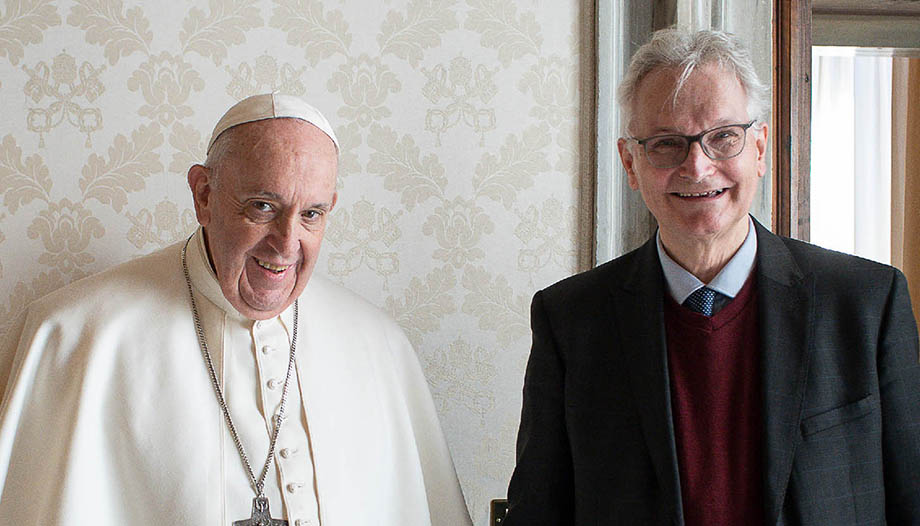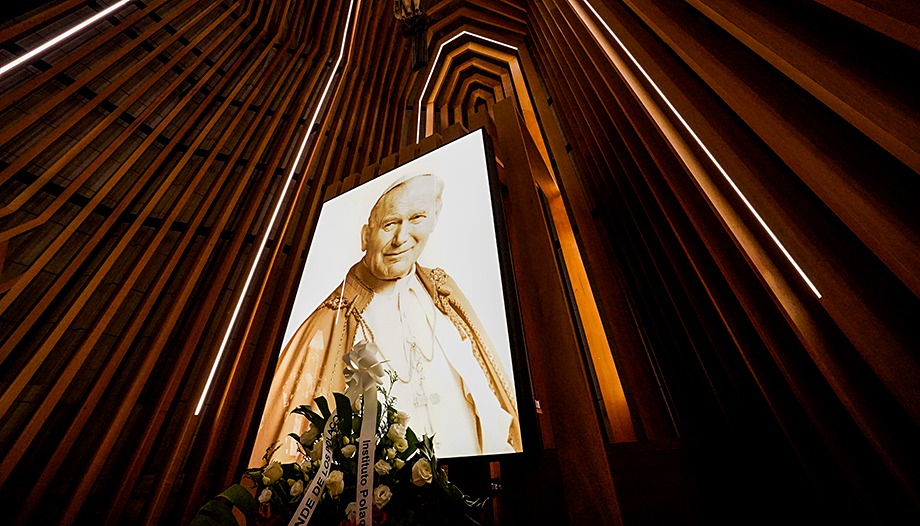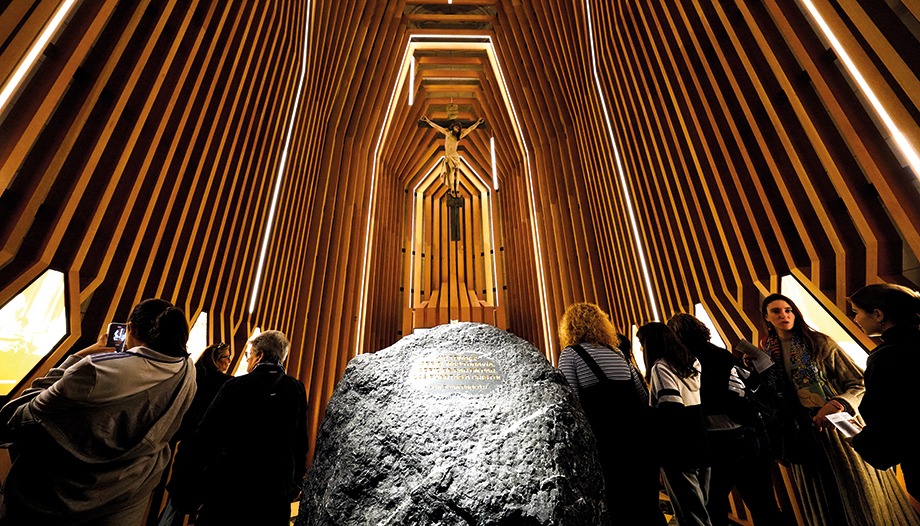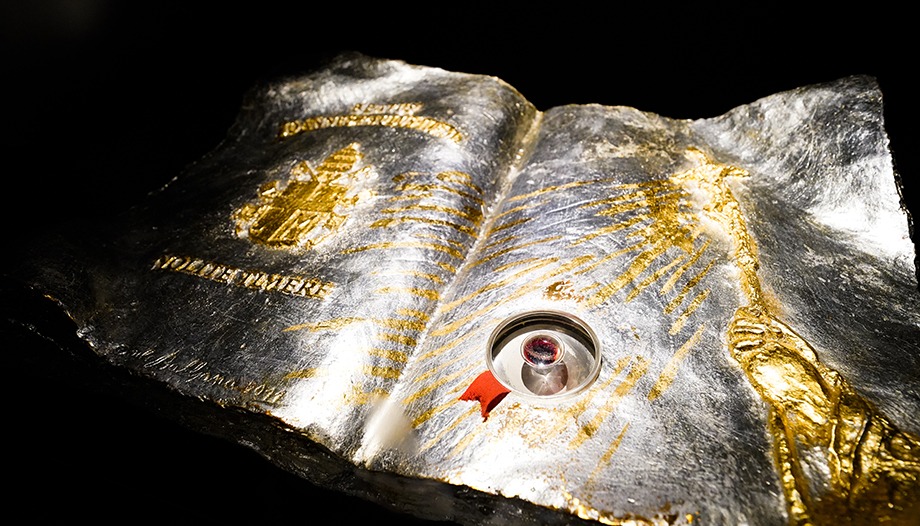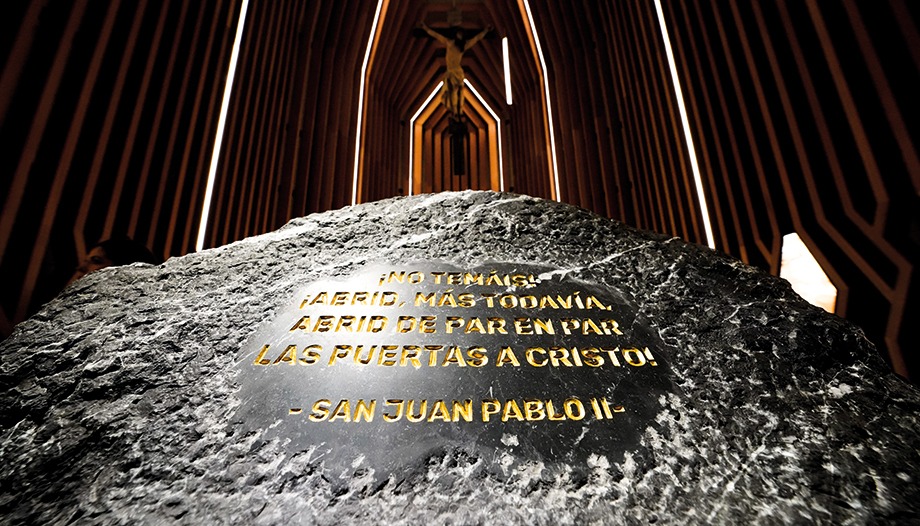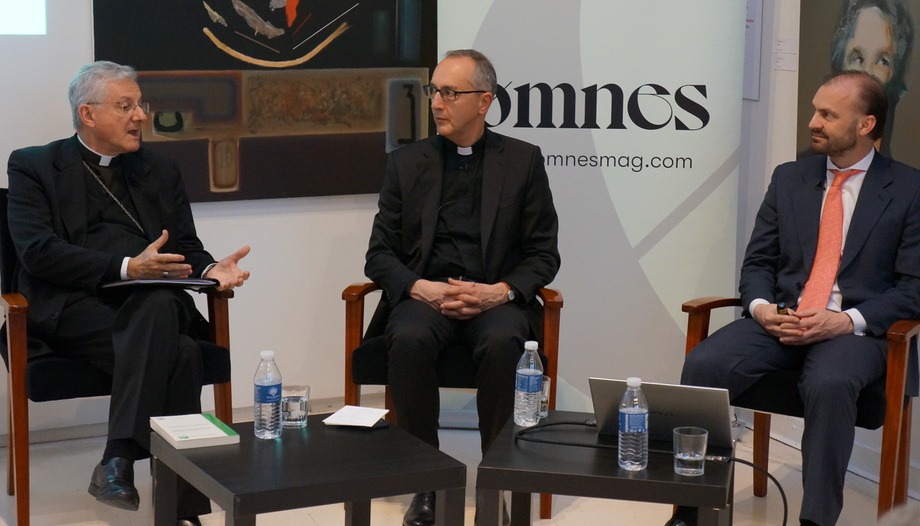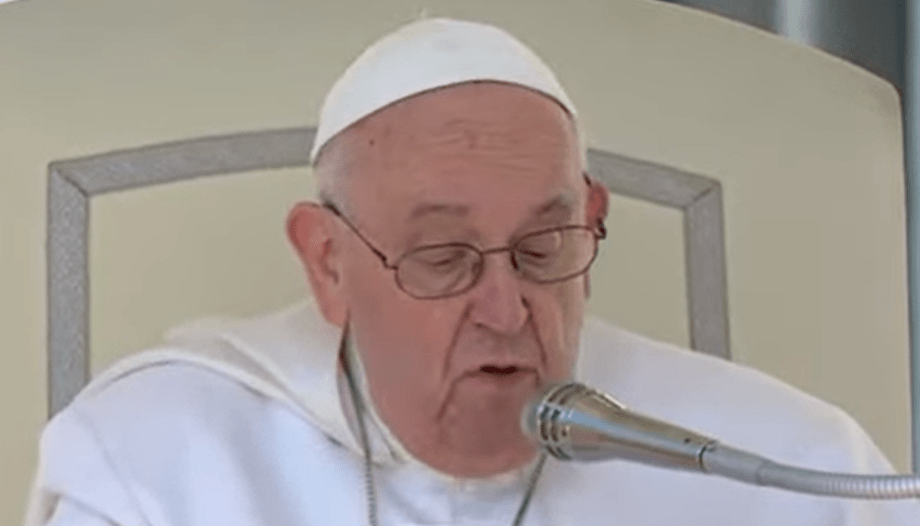Mila Glodava has just retired from active parish ministry to continue her stewardship missionary work in the Philippines, as well as her work in a charitable foundation. In 2019 she coordinated the first stewardship conference in Asia-Pacific, held in. Philippines and co-sponsored by the International Catholic Stewardship Council and the Socio-Pastoral Institute.
Former stewardship director for St. Vincent de Paul Parish in Denver (Colorado), Mila had been its director of communications and stewardship since 2014. She held the latter position for more than 25 years at St. Thomas More Parish in Centennial (Colorado). Under her leadership, along with the pastor, Andrew, her parish received numerous awards, including the Archbishop Thomas Murphy Award in 2007.
Since 2002, Mila, a native of the Philippines, has been working with Andrew and the Socio-Pastoral Institute, an agency of the Catholic Bishops' Conference of the Philippines, to introduce stewardship in her country. In 2009, she and Andrew wrote a book entitled "Making Stewardship a Way of Life: A Complete Guide for Catholic Parishes", published by Our Sunday Visitor.
Mila holds a Bachelor's degree in Education from St. Paul University in Manila, and in 2015, after many years of service, she completed a Master's degree in Theology from the "Augustine Institute". of Denver. She and her husband, Mark, have two children and four grandchildren.
What distinguishes the most generous people?
-For me, they are the happiest people. They spread vibrancy and face problems with a sense of confidence and hope. They also feel that God has blessed them immensely and are grateful for their many blessings: their life, health, faith, family, education, work, friends, the beauty of creation and many more.
What can a pastor do to help his faithful to be more generous?
-Short answer, he himself must be generous! Long answer: He must be the first person to give! Parishioners will take their pastor's generosity as a role model. Why? Because they know that priests don't make a lot of money. They teach by example. Pope St. Paul VI in his Evangelii Nuntiandi n. 41 wrote that "Modern man listens more willingly to witnesses than to teachers, and if he listens to teachers it is because they are witnesses." Of course, he must also understand that what he offers is born of thanksgiving for the countless blessings received from God.
If a pastor has not introduced stewardship as a way of life in his parish, I encourage him to do so. The U.S. Catholic bishops argued in their Pastoral Letter "Stewardship: A Disciple's Response"(USCCB, 1992), that stewardship, as the title indicates, is about a disciple's response to the invitation to follow Jesus and the universal call to holiness. Thus, stewardship involves much more than simply giving money and being generous.
What can a busy parent do to live better as a co-responsible disciple?
-First of all, loving our children is the best way to live as a stewardship disciple and teach by example, especially the virtues of gratitude and generosity. A very important lesson you can teach your children is to be grateful for what you have, especially in a world that continually pushes to achieve the things you want. I have often said in my sessions in various countries that "stewardship is a Christian way of life, a life of thanksgiving for God's countless blessings".
To what extent is the daily life of the faithful prepared to develop stewardship?
-I believe that a life of prayer and Eucharist, which means "thanksgiving," is the best way to develop stewardship. That's why when we teach our stewardship model at St. Thomas More Parish (Denver), we tend to put a lot of emphasis on beginning by making time for God in prayer and worship, and thereby developing a deeper relationship of love for God. With this love, one need not worry too much about doing something beautiful for God. This is very evident in a loving relationship such as that of husband and wife. We do things for each other because of our love for each other.
The same is also true for our children. I still remember a gesture of affection from my son while I was waiting for him after school. As he got off the school bus, he saw a beautiful yellow dandelion, which is actually a weed, in our front yard. He picked one up and gave it to me saying, "I love you, Mom!" And who is our best example of love but Jesus Christ himself who died on the cross for us! Andrew Kemberling, with whom I have written "Making Stewardship a Way of Life: A Complete Guide for Catholic Parishes" ("Our Sunday Visitor," 2009), often says, "He [Jesus Christ] paid a debt he didn't owe, because we owed a debt we couldn't pay." So how can we repay him? By giving him back our time, talent and treasure, in thanksgiving for what he has done for us.
What have been your best co-responsibility experiences?
-My best experience of stewardship is my own personal conversion. Stewardship was definitely a challenge for me, because not only did I not know much about stewardship, I didn't live it either. However, if you knew my personality, you would know that I love to take on challenges. Although we used the word stewardship, the challenge for me at the time was to increase the offertory collection. Besides, I am an apprentice! The Gallup StrengthFinder (a survey to know our talents) said that learning is, in fact, my greatest strength. Therefore, I was determined to learn more about stewardship.
In 1989, stewardship programs were not at all common in the U.S. Church. In fact, the U.S. Catholic bishops did not write the pastoral letter on stewardship that I mentioned earlier until 1992. When I was asked to review it prior to publication, I could not accept because I did not feel I had the expertise to do so.
Nevertheless, there were some pioneering initiatives, but they were extremely rare. Moreover, all the literature that could be found was written by Protestants. At that time, however, all these aids were enough to get me started, and the result was convincing enough for us to continue the program year after year and develop it to what it is today.
However, it was not until 1991 that I experienced a conversion to stewardship as a way of life, not from any priest, but from a parishioner, Jean Harper. As I was writing her story for our newsletter, I felt the Holy Spirit stir something within me. Jean's conversion story made me realize that, although I had been a Catholic from the cradle, I had not prioritized God in my life. I also realized that, for me, giving was an act of pride in having something to share, rather than an act of thanksgiving for all that God had given me.
At that time, we had no money to spare either. Even though Mark and I worked, money was coming in one hand and going out the other. What made me rethink our way of life was the verse Jean quoted from Malachi, chapter 3, verse 10: "Bring the full tithe into the treasure house, that there may be food in my Temple. Test me in this," says the Lord of hosts, "Will I not then open for you the floodgates of heaven, and pour out blessings without rate?
I had heard this verse many times, but I never gave it much importance; I had never assimilated it. Didn't Jesus answer when he was tempted by the devil that "Thou shalt not tempt the Lord thy God"? (Mt 4:7) But this time I heard it in a different way. God wants me to put him to the test. He was challenging me to offer the tithe.
At home, after dinner, I read Jean's story to Mark. I wasn't sure if he was really paying attention, but he didn't say "no" when I hinted "we have to dare": give God the tithe, first and foremost. We did. And our life was never the same after that. Does that mean we've never had any difficulties in life since we started embracing stewardship? On the contrary. In our 50 years of married life, Mark was laid off at least four times. I can tell you that it was very hard to survive on a church employee's salary (although I have to admit that Father Andrew, who practiced what he preached, adjusted salaries in the parish according to responsibilities).
However, the 1991 recession in the U.S. was a real test for us, because we had just started tithing! When Mark lost his job, we faced a dilemma: should we continue or not to give what we knew was a significant amount to the Church and to some chosen charitable causes? We decided to continue, but we had to review our priorities in life, trusting that God would provide for our needs.And guess what? He did. Indeed, God provided for our needs during the five years that Mark, an electrical engineer, was unable to find a job in his field. However, we had food on our table, our mortgage was paid, our children had clothes to wear, and they finished high school at that time. It's true: "God is not to be outdone in generosity."
Today, I am happy to say that with over 50 years of marriage, God has blessed us in countless ways, including four grandchildren by our children, Kirsten and Kevin, and their spouses. Of course, God has blessed us with so much more, but it would take me too much time and space to mention them all.
Why is money not the main issue in stewardship?
-It is a pity that stewardship is often identified with money or fundraising. This is due to the fact that the early and even late movers used the word only when they wanted to increase the Mass collection. In fact, that is precisely how we used it when we started stewardship at St. Thomas More (my parish), because offerings were trending downward. The good news was that we did not stop at the need to increase those collections. We continued to embrace and develop stewardship with time, talent and treasure. This made money only one-third of the stewardship program.
During Andrew Kemberling's time as pastor, we emphasized time spent in prayer rather than attaching it to talent. We also added stewardship of faith, vocation and land, making money only one-sixth of St. Thomas More's stewardship model. In reality, these phases more closely match the substance of what the Conference of Catholic Bishops (USCCB) wrote in its pastoral letter. In fact, the bishops also described how we can be stewards of the Church (faith), stewards of vocation and stewards of creation (earth).
How does stewardship affect a parish?
-Let me describe to you an objective observer, Luciano Pili, a Filipino priest who visited the parish of St. Thomas More on the instructions of Bishop Julio X. Labayen, OCD, of the Infanta Prelature. I happened to mention my work as Director of Communications and Stewardship at Santo Tomas Moro in a clergy meeting in 2000. Bishop Labayen was curious and wanted to know more about my work. Hence Pili's visit, along with other clergy and religious, to St. Thomas More.
"We found in St. Thomas More Parish, led by Andrew Kemberling," said Pili, "a vibrant and dynamic parish, with a model of Church that had successfully integrated the spirituality of stewardship into all facets of church community life, including prayer life, ecology, vocations, volunteerism, finances, leadership, and liturgical and sacramental life. They used as their guide a paradigm shift: the need to give, rather than giving for a need."
I absolutely agree with Pili's observation. St. Thomas More is a praying, welcoming, serving, giving and celebrating community, eager to know their faith, live it and share it. With stewardship, parishioners are prepared and ready to "go and make disciples," to evangelize. Most importantly, Pili believed that stewardship was the key to the sustainability of the Church of the poor, which has been shown since they adopted the "new way of being Church, a community of disciples, the Church of the poor".
A priest who attended our first conference in 2003 on "Sustainability of the Church of the Poor" heard the message of stewardship, embraced it and shared it with his parishioners, who enthusiastically received the message and embraced it as well. His example inspired other parishes and a growing number of dioceses, until it became a movement that the Bishops' Conference of the Philippines could no longer ignore.
As a result, and after more than 20 years, the Catholic Bishops' Conference of the Philippines finally adopted it with a Pastoral Instruction on Stewardship and also created the Office of Stewardship in 2021. That text also stated that the Philippine Church was already willing to try to change the system of fees or stipends for the administration of the sacraments, practiced for five hundred years. They had been trying at least since the Second Plenary Council of the Philippines, although they could not find the means to replace the amounts previously obtained. Only after practicing co-responsibility in the parishes and finally in the dioceses did they succeed in replacing this way of sustaining the Church.
What does stewardship have to do with synodality?
-My idea of synodality is that it is about the renewal of the Church in "Communion, Participation and Mission". It is guided by listening, judgment and action from the grassroots. There is no doubt that co-responsibility and synodality have something in common. I will give just one example of all this happening in the Philippine Church.
To celebrate 500 years of Christianity, the Catholic Bishops' Conference of the Philippines (CBCP) issued in January 2021 a Pastoral Instruction on Stewardship which offers concrete proof that the Philippine Church is seeking renewal. It all began, however, in 1991, when the Second Plenary Council of the Philippines (PCPII) declared that the Church in the Philippines should:
- Becoming a community of disciples;
- become the Church of the poor;
- to engage in integral evangelization.
In other words, the Church in the Philippines aspires to be a "new way of being Church, the Church of the poor". St. John XXIII used this phrase at the Second Vatican Council in 1962. Bishop Labayen of the Infanta Prelature and the Federation of Asian Bishops adopted it in 1975, and in 1991, PCPII proclaimed: "Following the way of the Lord, we choose to be the Church of the poor".
However, ten years later, during the 2001 National Pastoral Consultation on Church Renewal, an evaluation of their progress as a "Church of the Poor" gave rise to mixed reviews. Some did not want to call themselves "Church of the Poor" and wanted nothing to do with it. Others did not want to change the model of "Christianity" to "Church of the Poor". Others, like Bishop Labayen, accused of being a communist because of his love for the poor, wanted the latter model and took steps to make it a reality. Although it took a few years, Bishop Labayen's initiative on the model of the "Church of the poor" began to gain momentum. This also resulted in my active collaboration with Bishop Labayen.
In 2002, Bishop Labayen delved deeper into co-responsibility as a way of life. This is where listening, judging and acting proved essential. Bishop Labayen listened, judged and acted on how stewardship was the key to the sustainability of "the Church of the Poor," the new way of being Church. He shared all he learned about stewardship as a way of life with other bishops and the rest, as they say, is history.
The CBCP Pastoral Statement on Stewardship promised three things: 1) commit to education, formation and catechesis in the Spirituality of Stewardship, 2) adopt a concrete stewardship program in the dioceses to replace the "tariff" as soon as possible, and 3) create a support team to help dioceses implement a stewardship program. This was a tall order. However, the bishops' determination to deliver on their promises has been real. In July 2021, the CBCP fulfilled its promise No. 3, creating the Episcopal Office of Stewardship, now headed by Bishop Broderick Pabillo, formerly Auxiliary Bishop of the Archdiocese of Manila, and now Vicar Apostolic of the Apostolic Vicariate of Taytay. The Office of Stewardship also aimed to fulfill the first of the promises, and began immediately with a webinar for the dioceses, which continues to be held today.
In fact, co-responsibility as a way of life is not only bringing about a personal conversion, but also a structural transformation, especially in terms of accountability and transparency.
Former CBCP president Archbishop Socrates Villegas (Archdiocese of Lingayen-Dagupan) was one of the many bishops who implemented stewardship in his dioceses. His diocese used the word "Pananabangan" instead of "stewardship". He believes in that it is possible to "live a courageous life of generous giving, without going back to the old system, without being afraid." His diocese aspires to provide a "stronger and more viable structure to build a more professional system and relationship with our parishioners as active and engaged members in the life and mission of the Church." As a summary he asserts that "the Church will not have a poker with "pananabangan". The Church will be more credible, more prophetic and more Christ-like with "pananabangan".
In addition, the CBCP adopted the theme ".Gifted to give"The fruits of Christianity that the Church in the Philippines received 500 years ago are now ripe for sharing the gift of faith with other nations, fulfilling point 3 of PCPII, integral evangelization. The fruits of Christianity that the Church in the Philippines received 500 years ago are now ripe for sharing the gift of faith with other nations, fulfilling point 3 of PCPII, integral evangelization. This is, in fact, the essence of synodality: "Communion, Participation and Mission".
Can stewardship take root in other countries outside the United States?
-I have no doubt about it. However, it was not evident to me when I first brought the message of Stewardship to the Infanta Prelature and eventually to the whole Church in the Philippines.
Do children have something to teach us about stewardship?
-Absolutely! At St. Thomas More, not only did we promote the children's offerings, but we also began to call to the altar the children of the children. children during the offertory collection. While the older children gave from their allowance, the younger ones used to put their parents' gifts in the offertory. The children's offertory collection went into a special charity account, which was distributed to charities that the children studied and researched with the help of their teachers, catechists or youth pastors. Most of the time, what the children wanted was to help the poor, especially poor children. Over time, parents who did not make regular contributions ended up following their children's example.
The authorDiego ZalbideaProfessor of Canon Property Law, University of Navarra, Spain





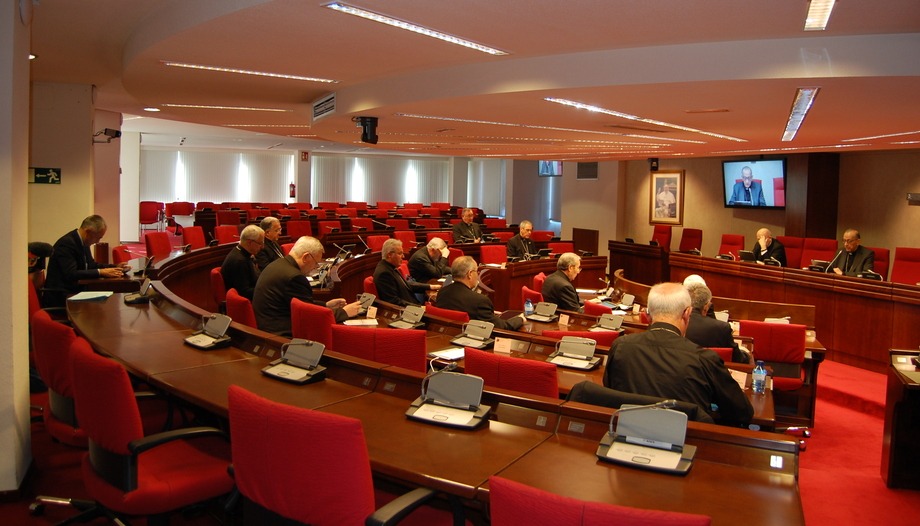
 "Without the Episcopal Conference, the path of the Church in Spain is incomprehensible."
"Without the Episcopal Conference, the path of the Church in Spain is incomprehensible."




